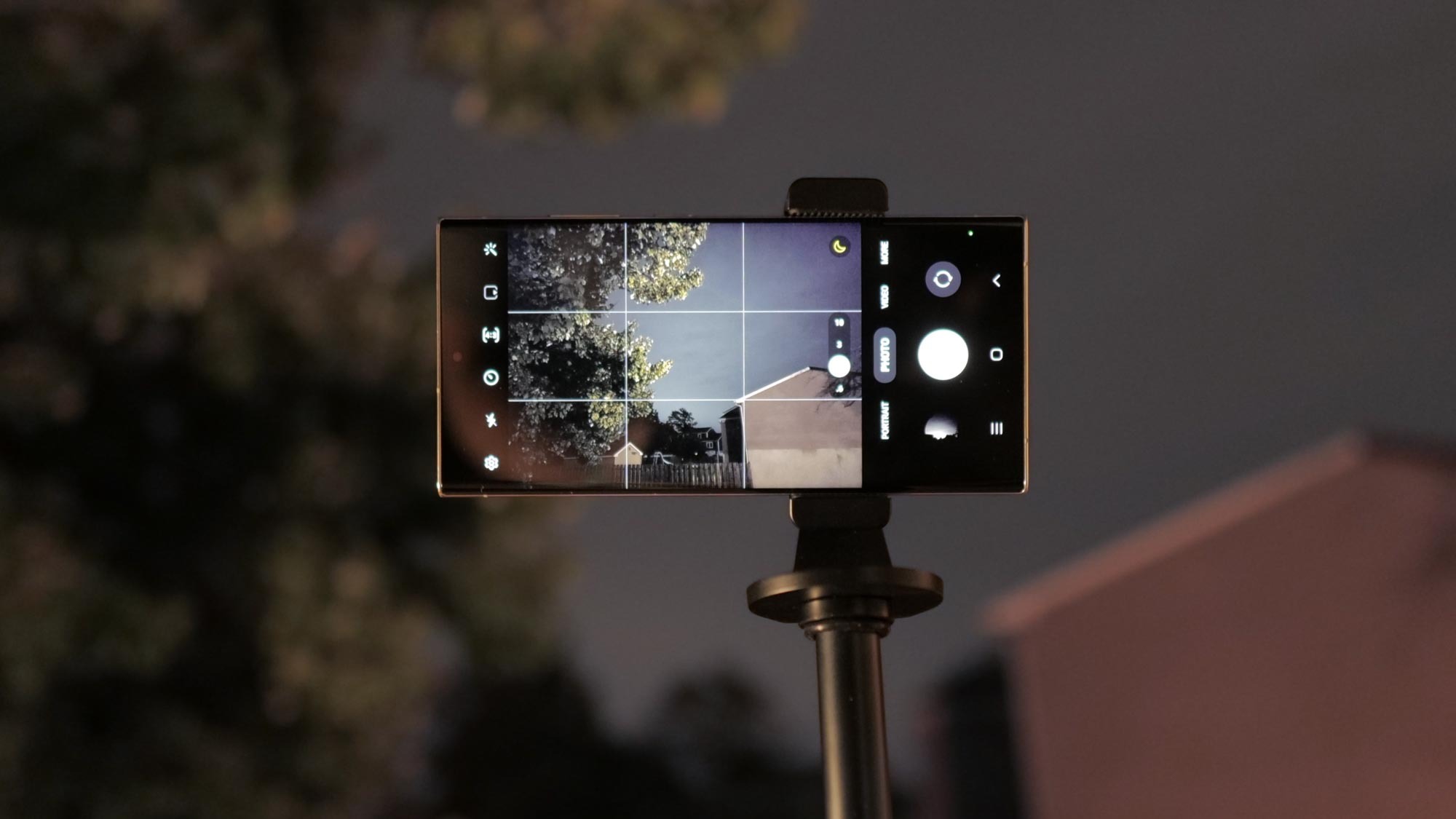
All smartphones can take good looking photos when it’s sunny and bright out, but very few are equipped to tackle the night sky. Astrophotography has increasingly become more than just a novel hobby, moving closer to the mainstream where you no longer need the expertise and patience to see the stars in photos.
One reason why? Many of the best camera phones around leverage their respective night modes to draw out the twinkling lights above us from the darkness of space.
We took a few of today’s top flagship smartphones — the iPhone 14 Pro, Samsung Galaxy S23 Ultra, and the Google Pixel Fold — on a road trip to Cherry Springs State Park in Pennsylvania to really see how they stack up. The park is ideal for astrophotography because you get an undisturbed view of the night sky without all the light pollution that cities normally produce.
These phones don’t come cheap, exceeding past the $1,000 range in most cases. However, when you want the absolute best results, you’ll need to pony up to get them. If that’s not enough, we also brought along the Sony A7S III, a mirrorless camera renowned for being a low-light beast.
We’ll reveal more about each device below in this astrophotography face-off, like how easy they’re to use, their outcomes, and samples to give you the best picture of what’s possible. In order to achieve the best results, you'll want to keep your camera as still as possible, which is why we recommend using a tripod to prevent any minor shakes from ruining your shots.
Sony A7S III: The best, for obvious reasons
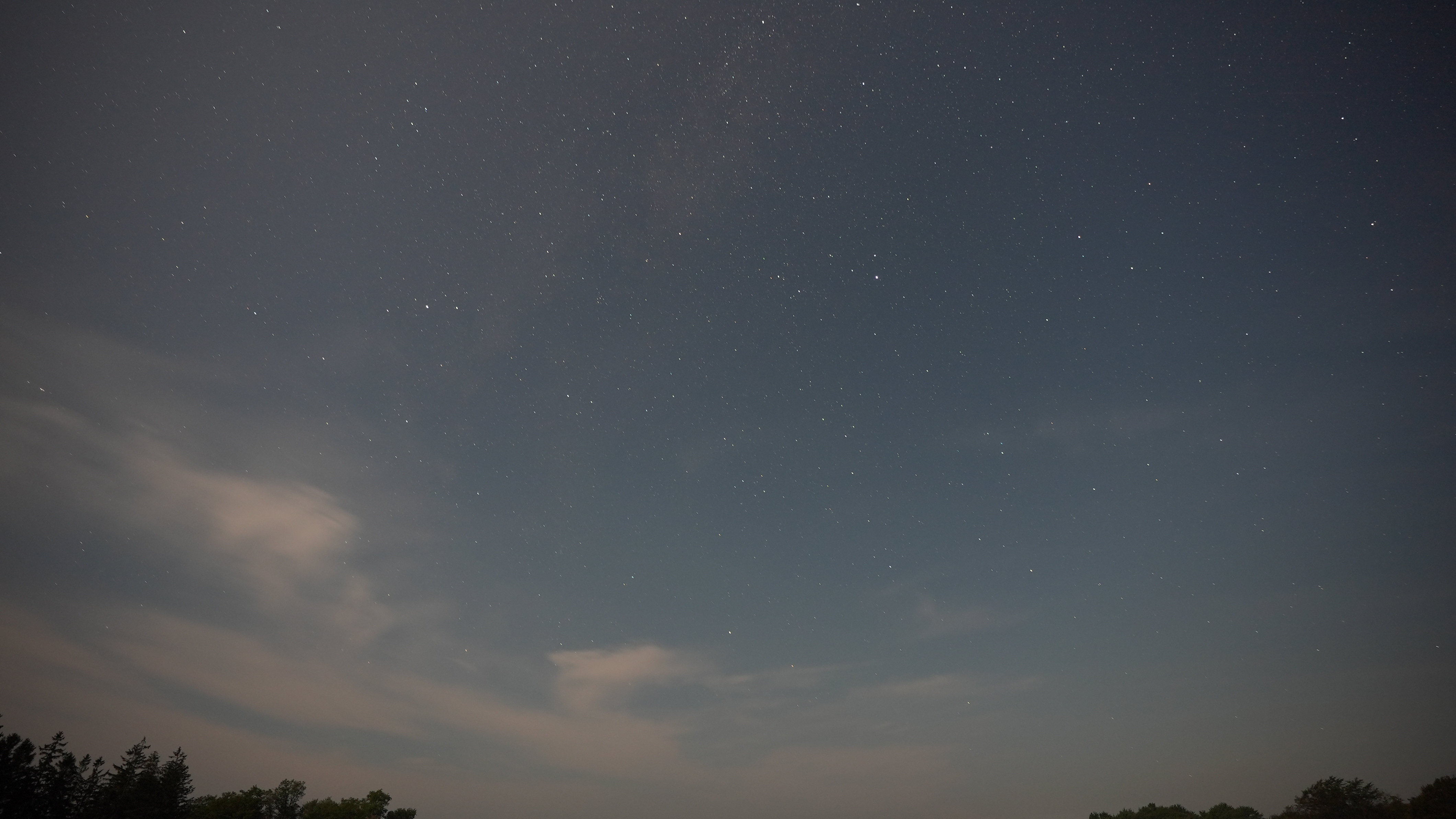
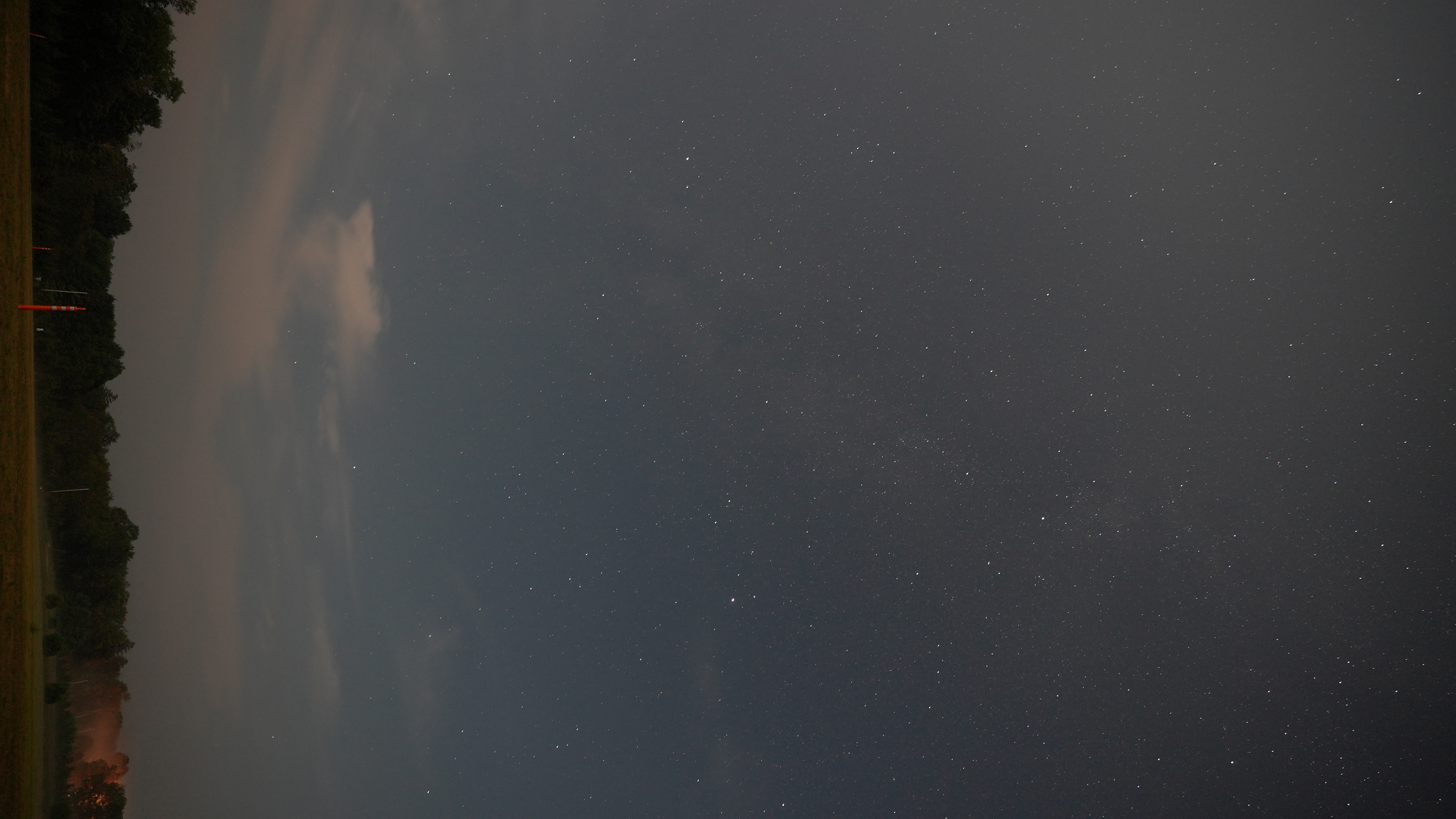
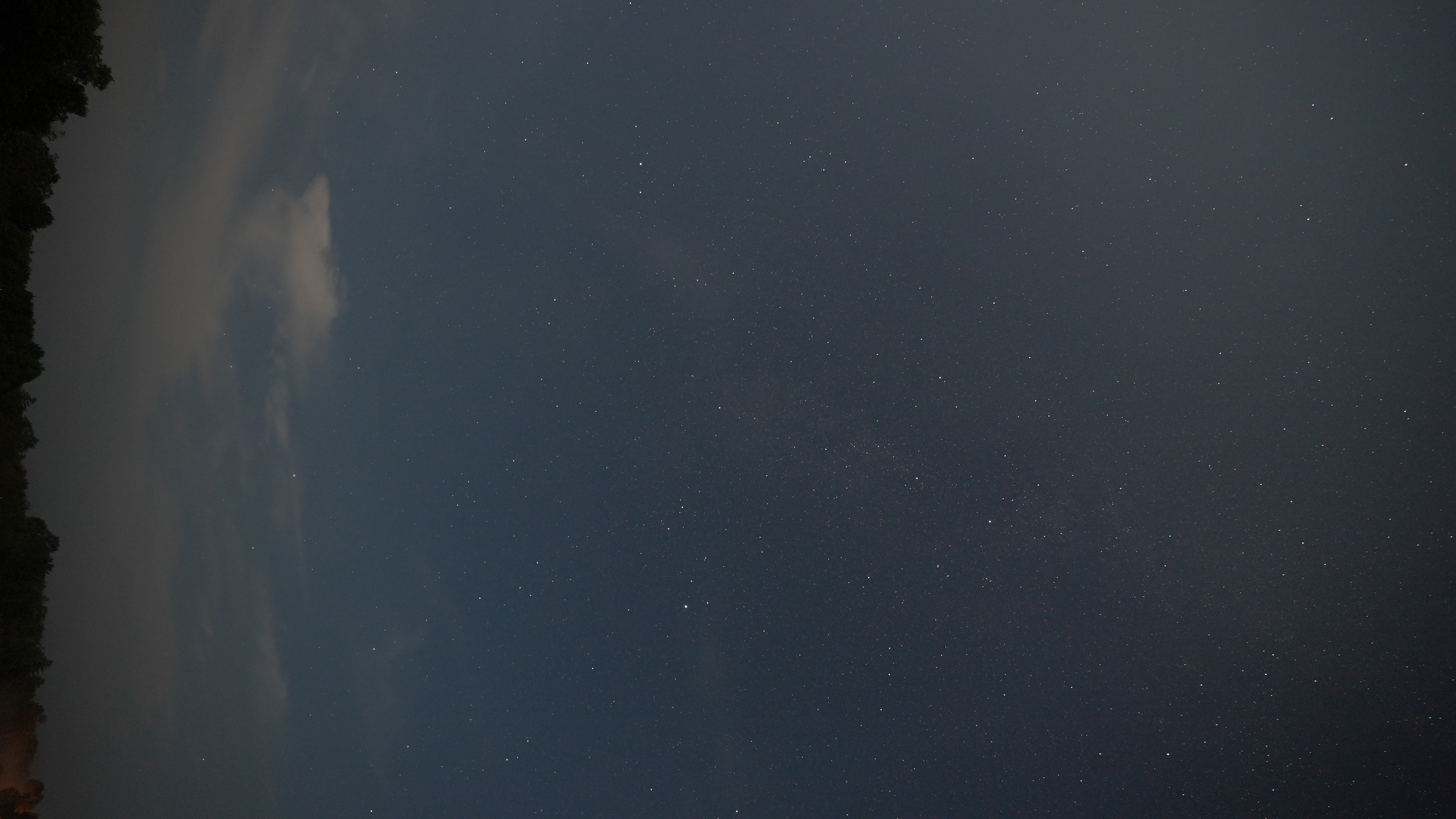
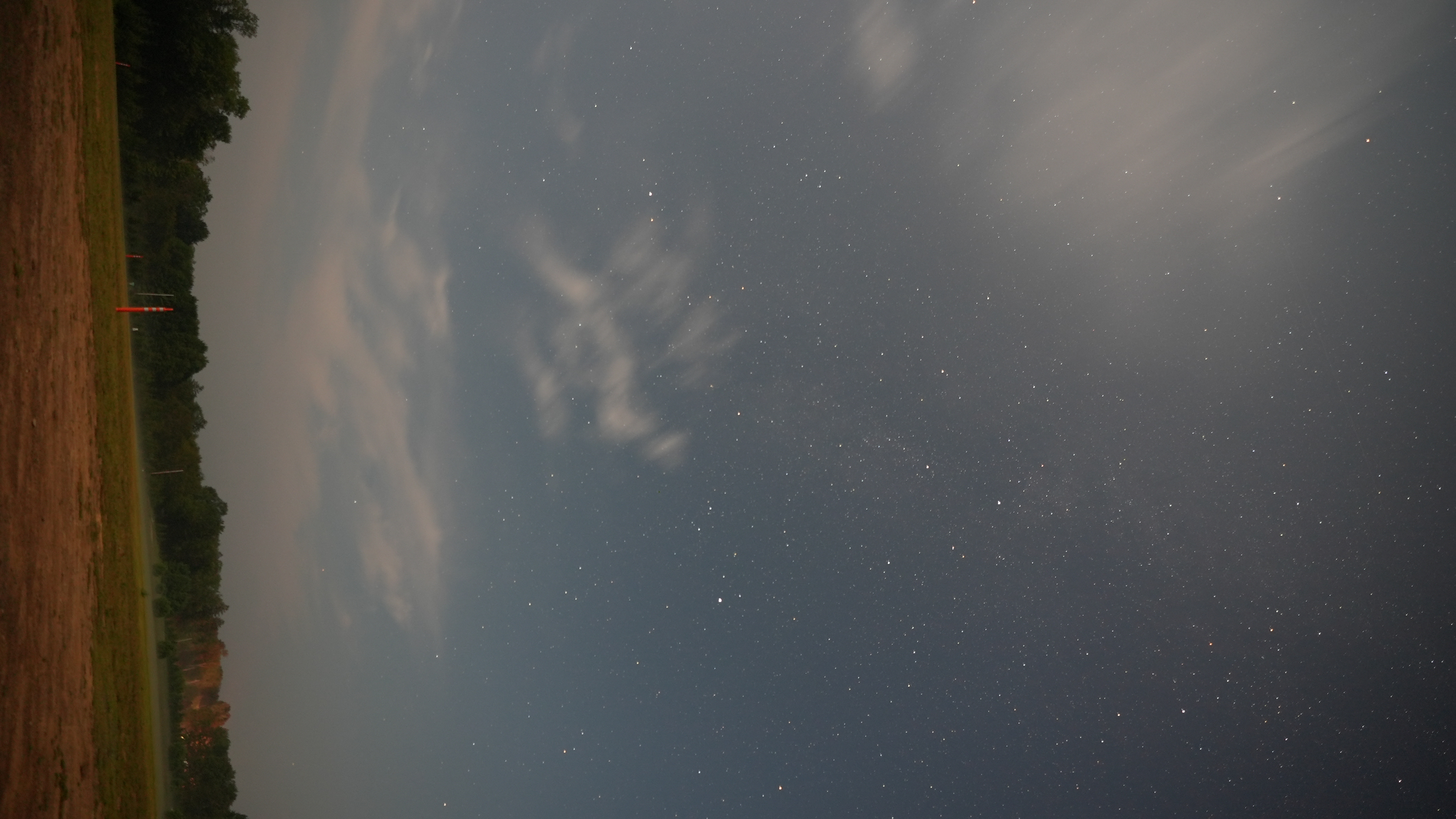
All right, we’ll flat out say that the Sony A7S III was the best at handling astrophotography — but that shouldn’t be a shock given it’s a mirrorless camera with a humongous sensor to draw in more light. On top of that, we paired the $3,500 camera with Sony’s 16-35mm f2.8 lens that costs about $2,100.
Not surprisingly, this pairing delivers sharp results and detail. Due to its larger sensor, we didn’t have to boost the ISO all that much in our astrophotography battle. In most cases, the ISO was kept between 640 and 800 — with an exposure time of no longer than 30 seconds.
Most of the bright stars in the night sky were easily recognizable, but the camera sensor’s superior sensitivity allows the Sony A7S III to capture the fainter stars. The amount of detail the A75 captures is astounding — so much so that it was also able to expose some of the faint, swirling gas around some of the star clusters.
Apple iPhone 14 Pro: Good, but not great
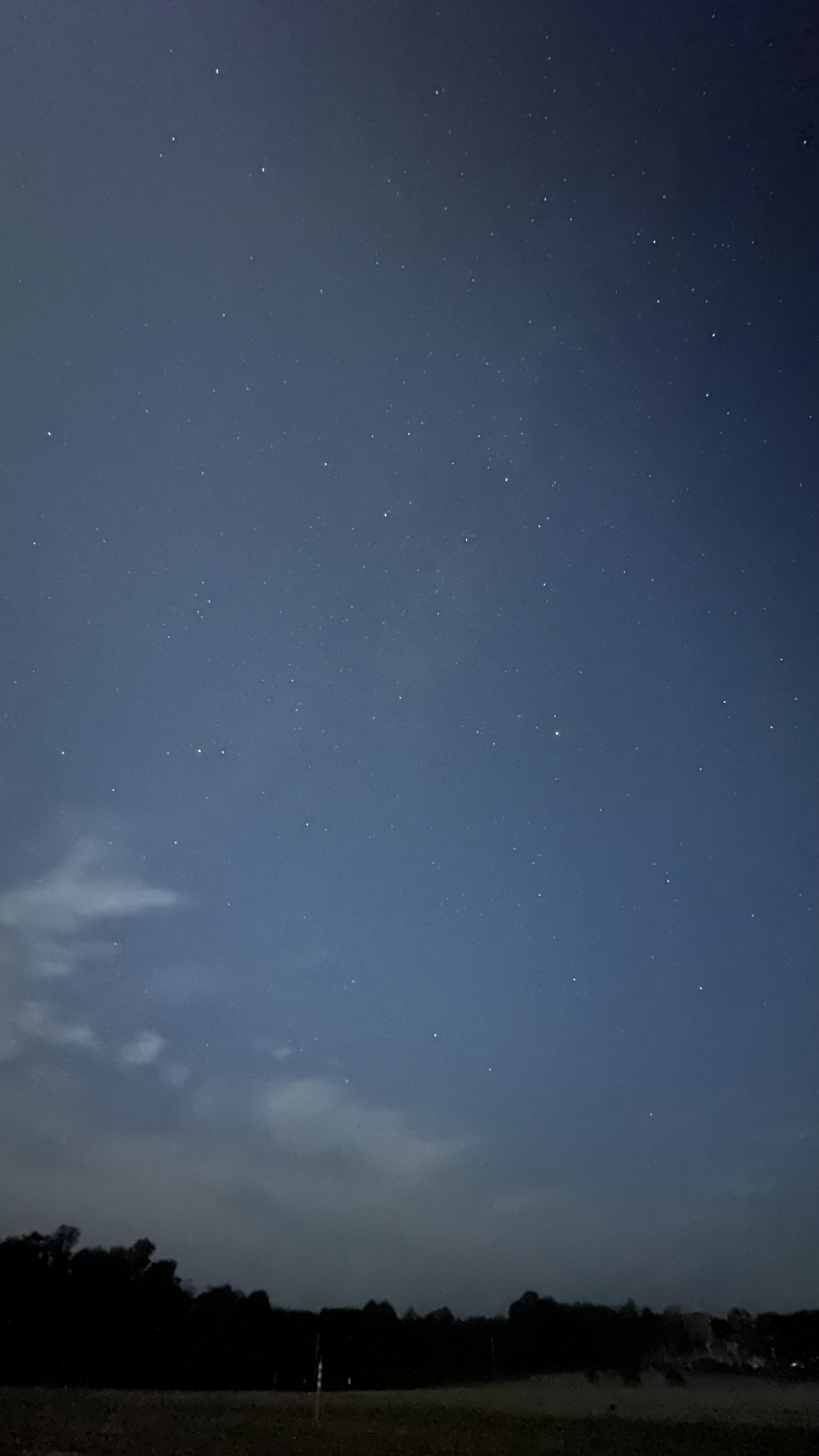
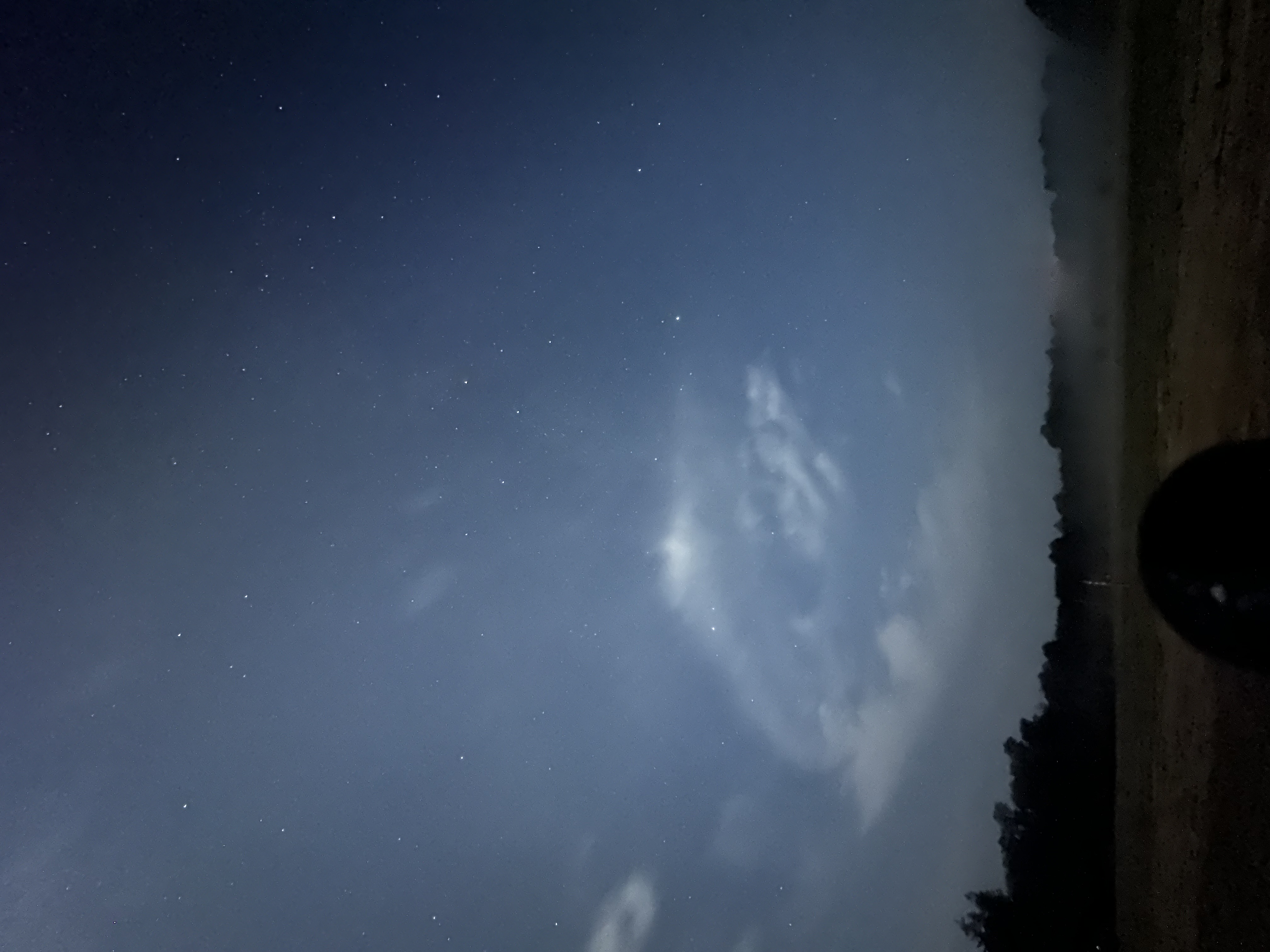
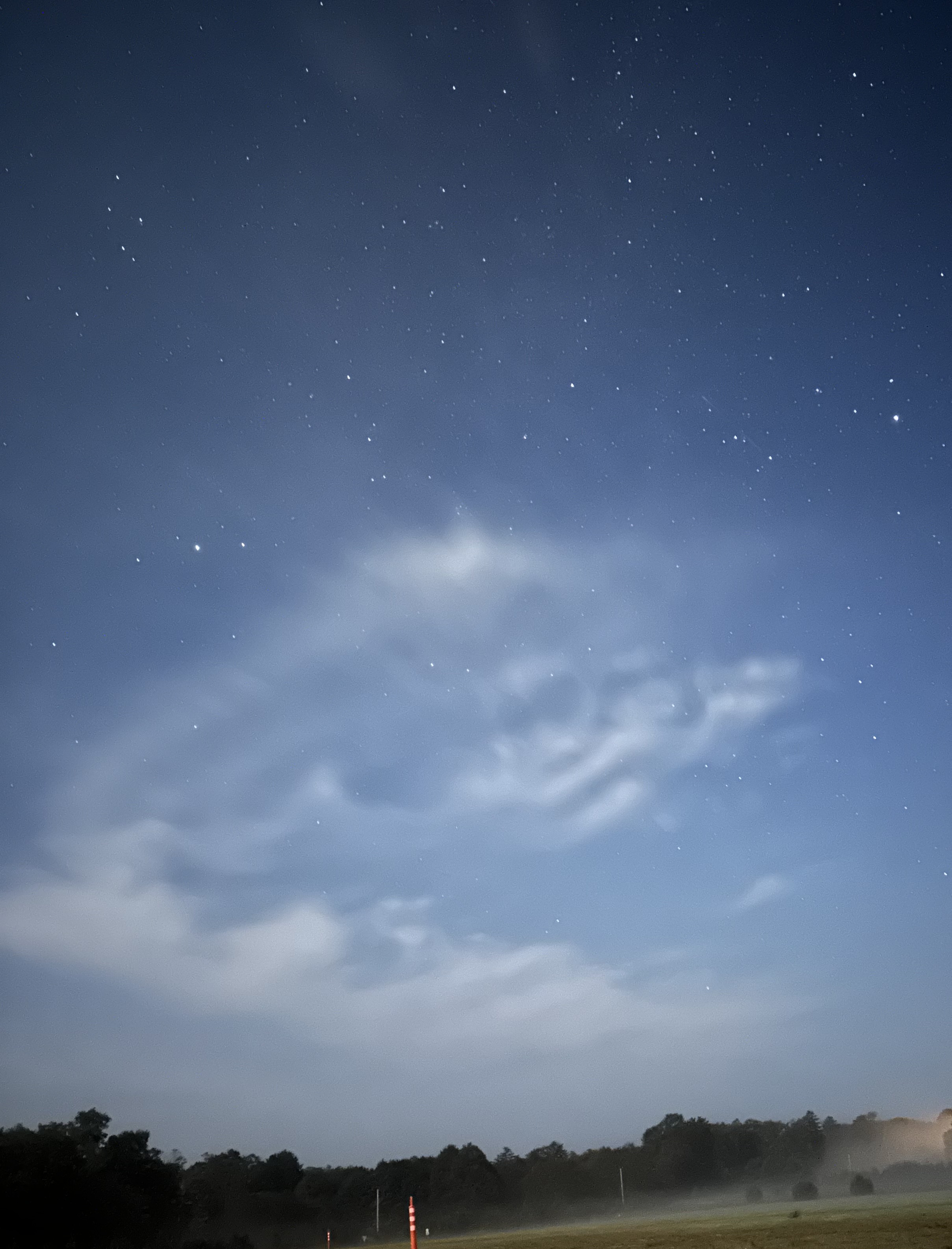
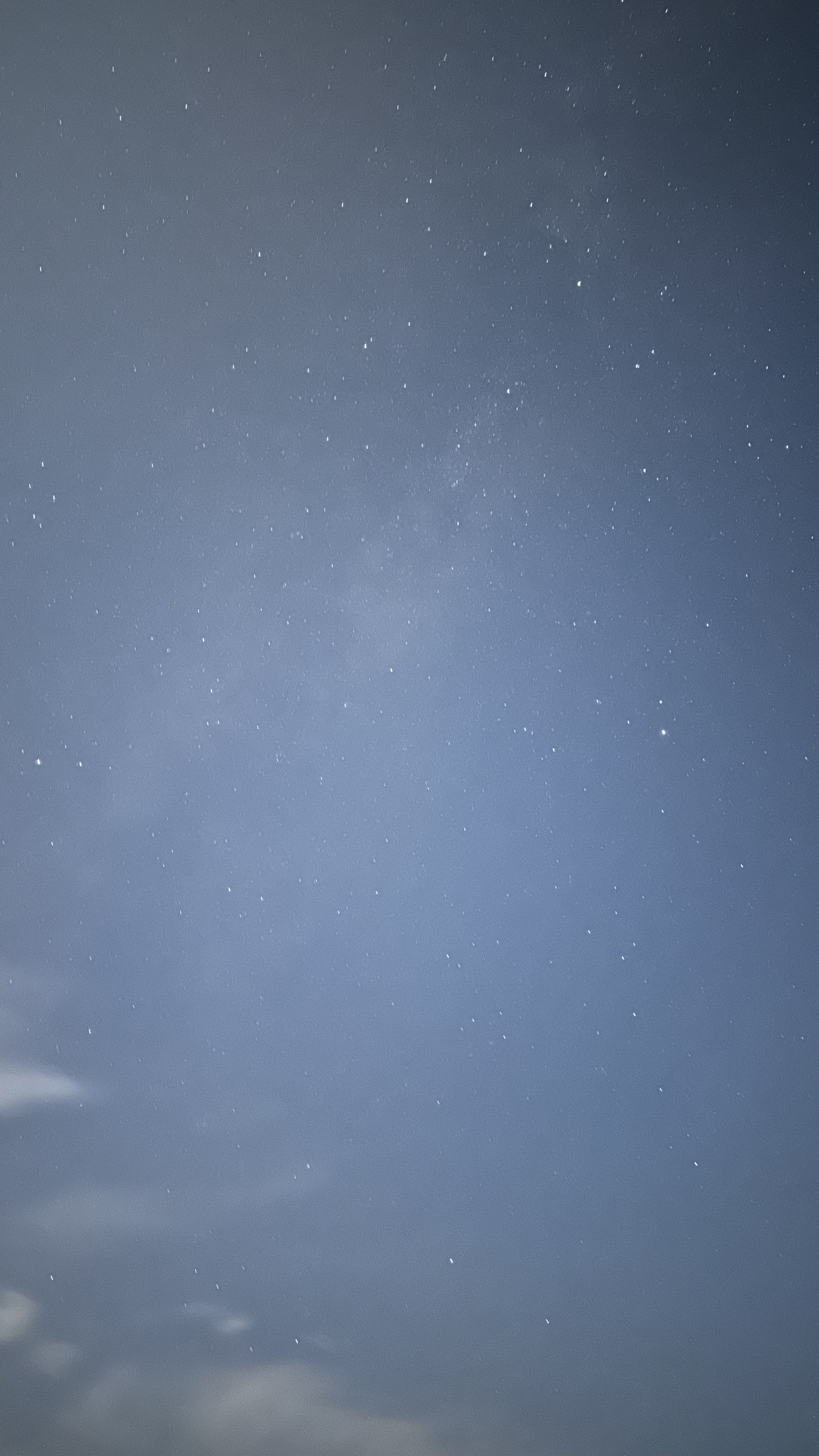
What’s most surprising here in this astrophotography comparison is that the Apple iPhone 14 Pro fared the worst. It’s hard for us to wrap our heads around that because we know the iPhone 14 Pro is a superb all-around camera phone that also does nicely under dim lighting conditions. To be fair, you can still make out a fair amount of stars, but it’s nowhere close to capturing the same amount we found with the Sony A7S III.
The overall shot by the iPhone 14 Pro just looks softer by comparison, while other background fixtures such as the trees lose a lot of detail and color. Seeing that the iPhone 14 Pro doesn’t provide us with any parameter controls, it's no surprise that its astrophotography shots look the softest out of the bunch — and it's also not shocking that its ISO setting ranged from 1600 to 8000. In most instances, the iPhone's night mode gave us an exposure time of 10 seconds at the most.
Don’t get us wrong, the iPhone 14 Pro is still a decent astrophotography camera, but its lack of manual controls means we’re at the mercy of the Apple's control and image processing when it comes to shooting the night sky.
Google Pixel Fold: The only device here with time lapse astrophotography
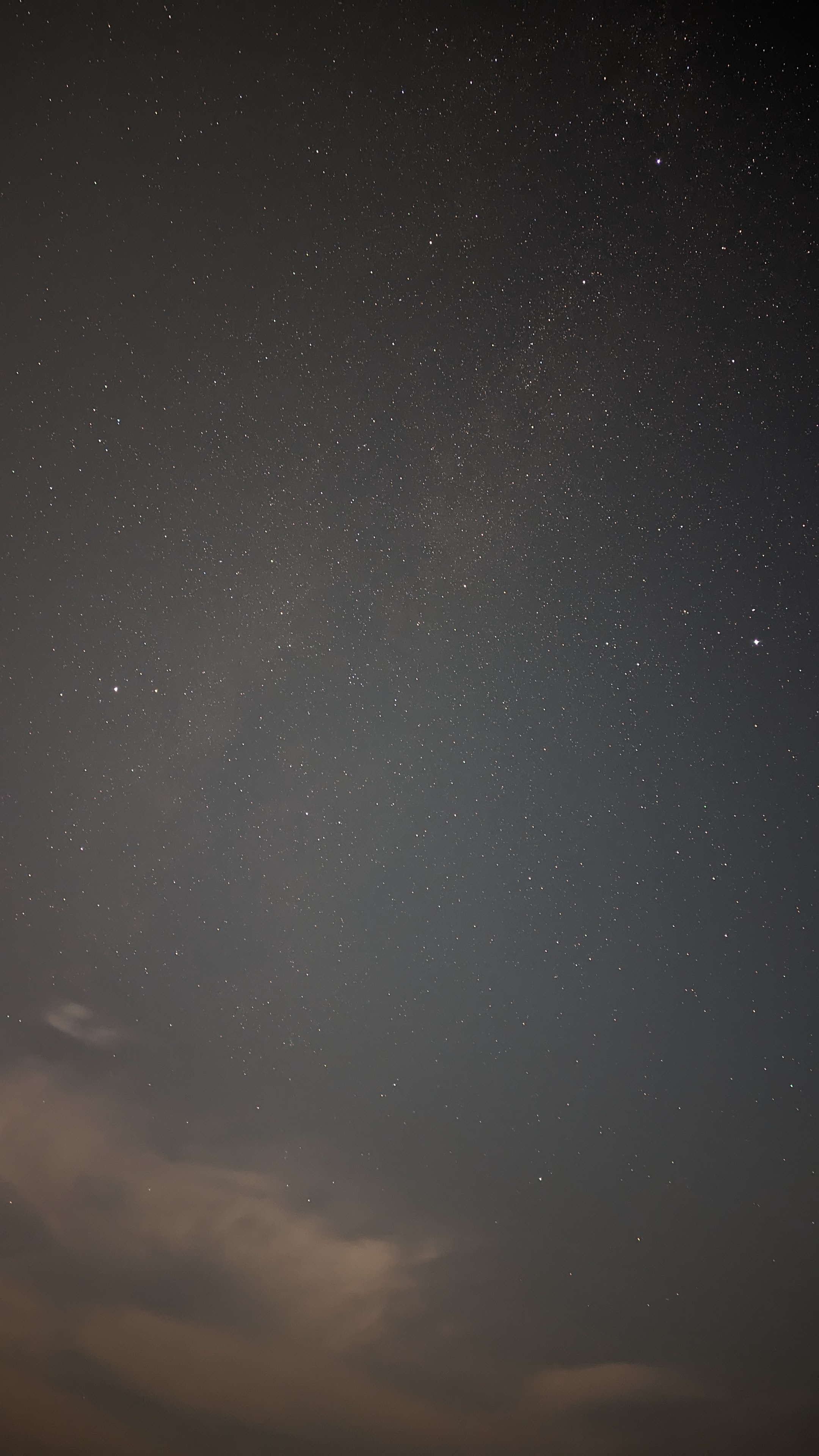
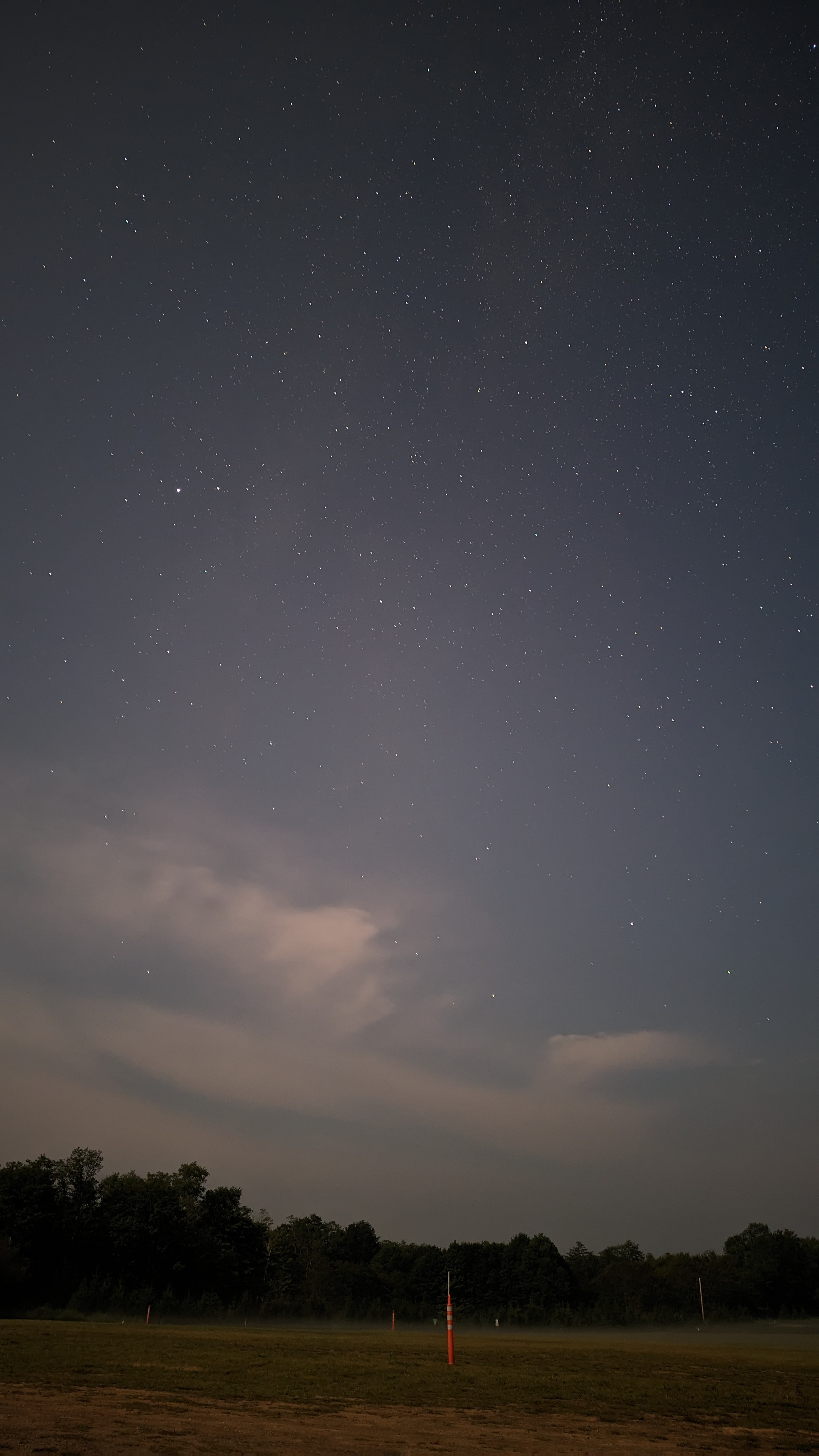
While others will argue that the Google Pixel 7 Pro is the more ideal candidate for an astrophotography face-off, the reason why the Pixel Fold is better here relates to how it can prop itself. Tehcnically, you don’t need to carry around a tripod and smartphone grip in order to keep this foldable phone steady.
Interestingly enough, it was the Pixel 3 that introduced us all to the concept of astrophotography on mobile with its Night Sight mode. That’s been enhanced with each iteration of Google's phones, and the Pixel Fold delivers top-notch results. Selecting the longest exposure time with Night Sight, the Fold produces excellent results filled with plenty of stars and an overall image that’s sharp.
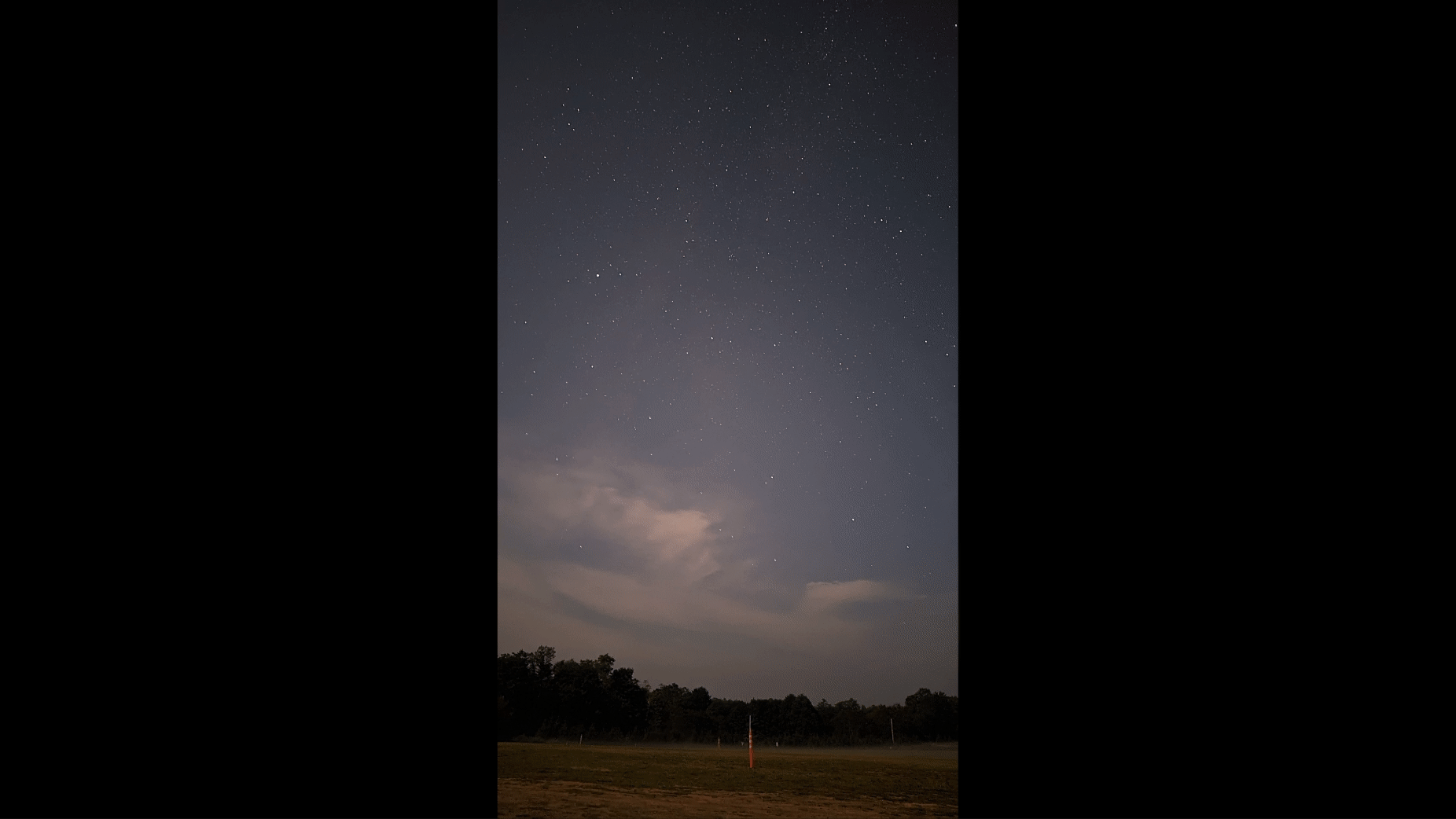
Now, astrophotography isn’t just isolated to still shots with the Pixel Fold, seeing that there’s an option to also capture time-lapse astrophotography as well. It’s really simple to do as well, which makes the Pixel Fold even more attractive.
Samsung Galaxy S23 Ultra: The best camera phone around
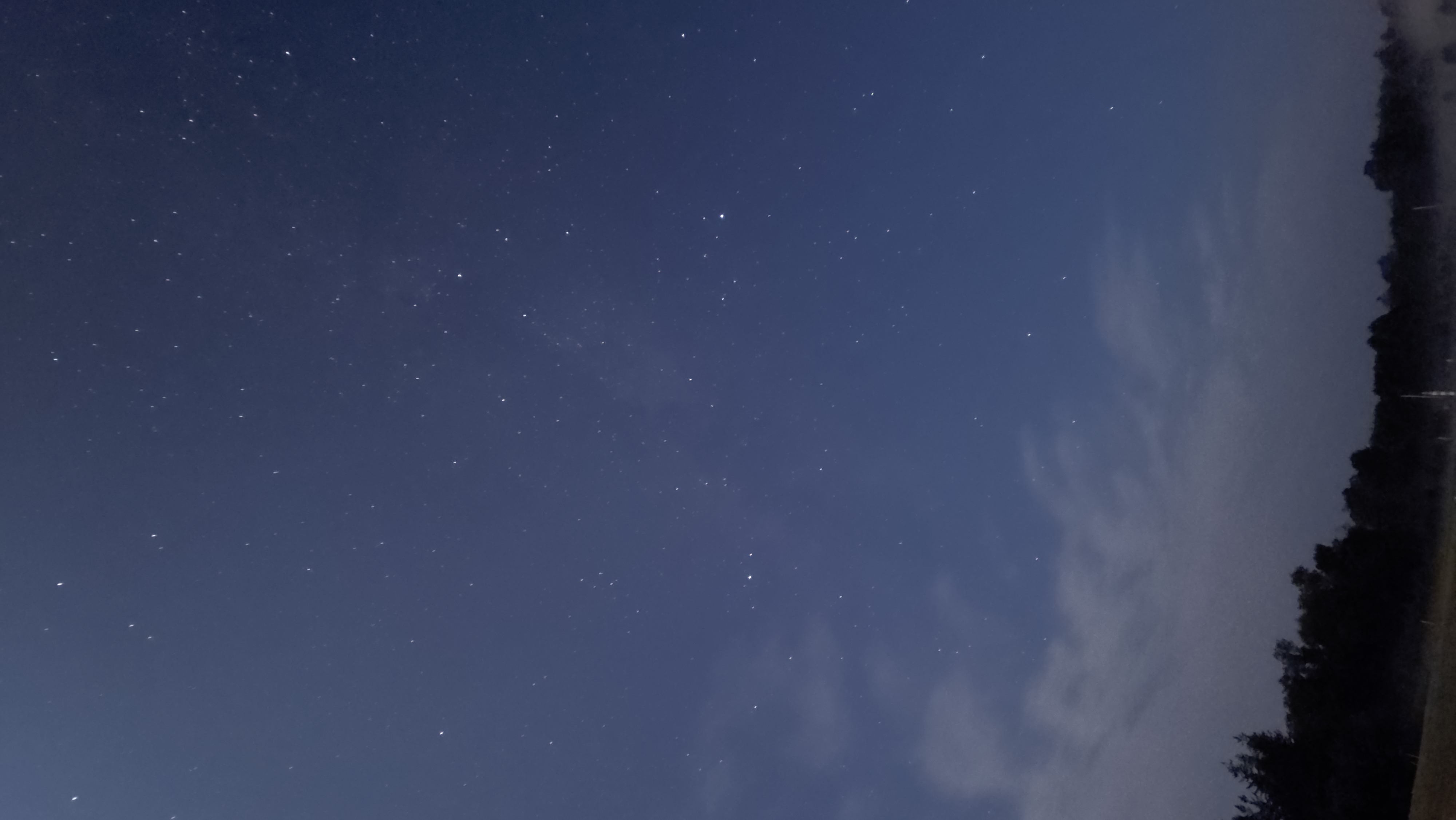
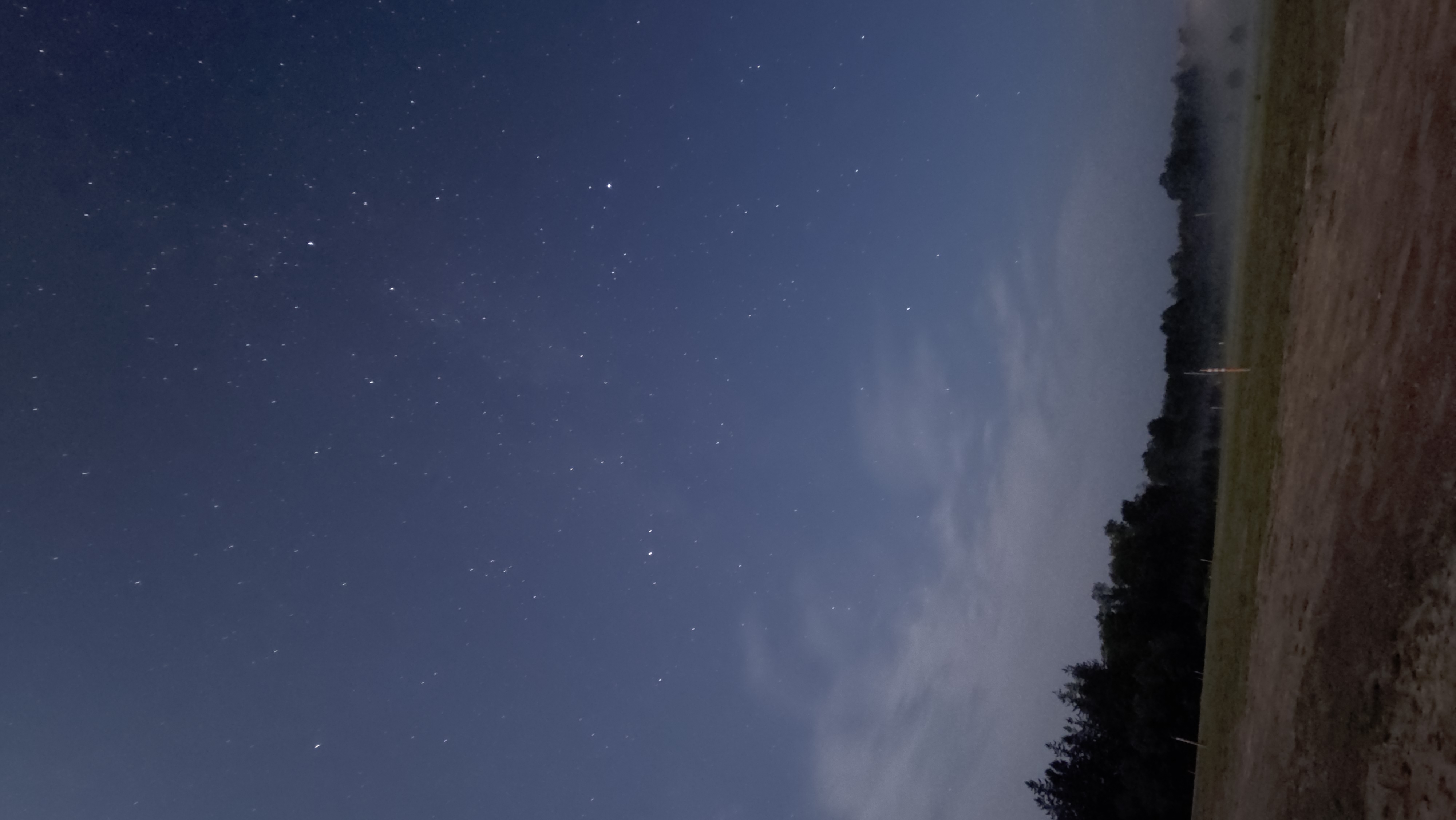
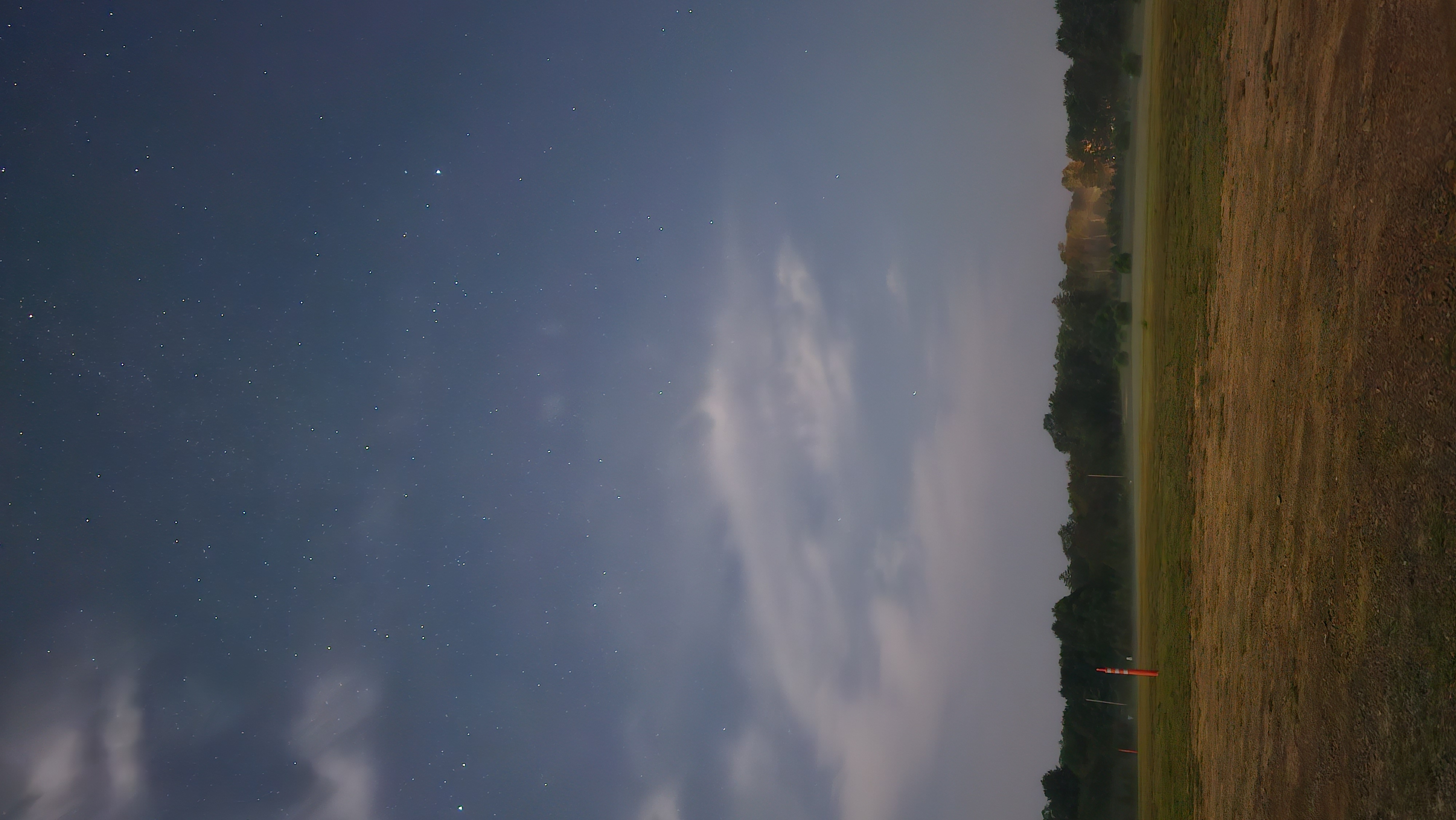
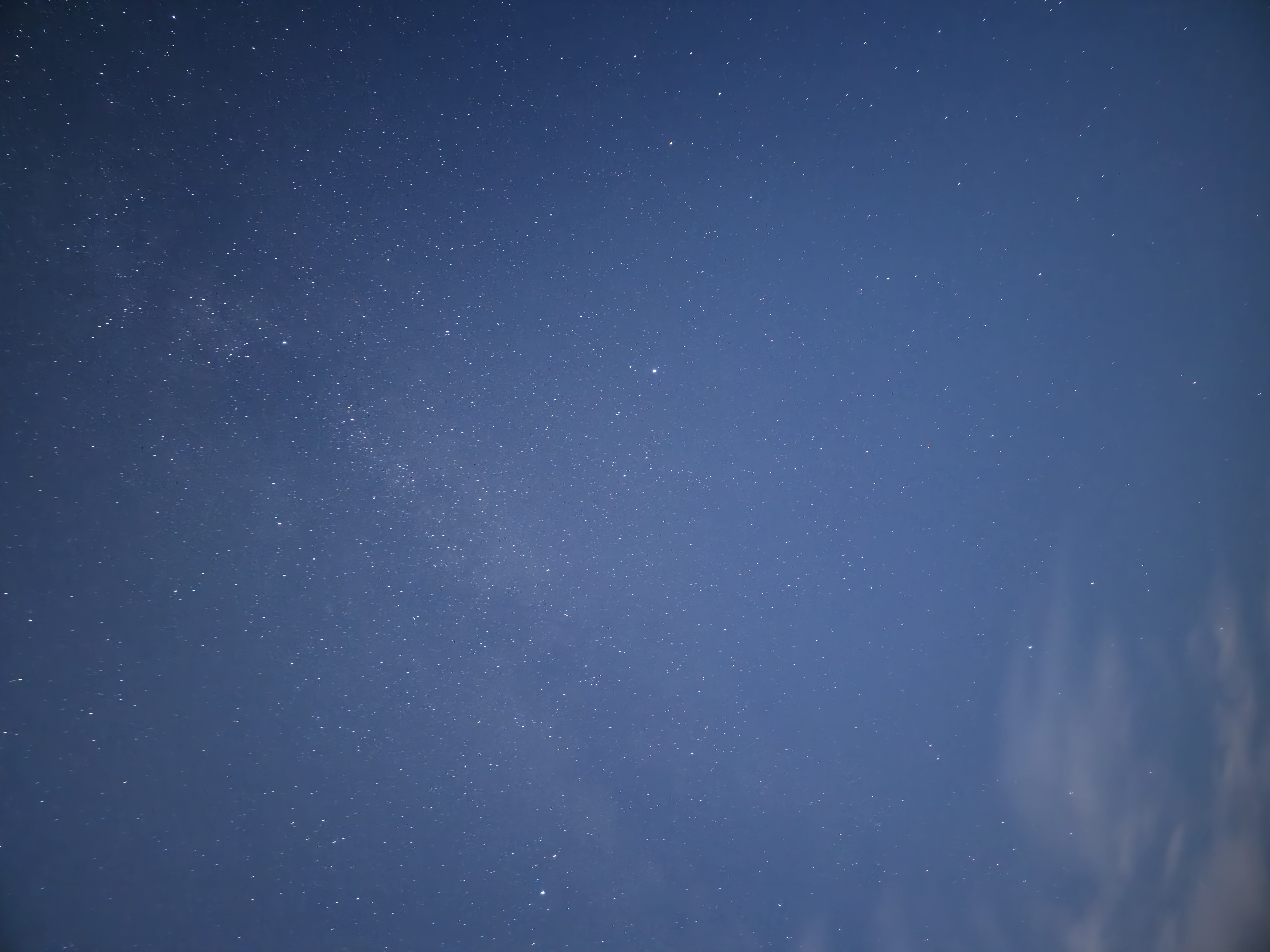
And lastly, there’s the Samsung Galaxy S23 Ultra. There's a good reason why it lands the top spot in our best camera phone list, but it’s satisfying to know that it’s superb for astrophotography as well. Samsung's mobile device is the only phone in our testing that came close to matching the results of the Sony A7S III.
While there’s a dedicated night mode on the Galaxy S23 Ultra, we actually got better results switching to the camera's pro mode and manually setting the shutter speed to 30 seconds. The fainter stars in the night sky that appeared indistinct with the iPhone 14 Pro were easily visible with the Galaxy S23 Ultra. At the same time, the S23 Ultra also manages to draw out other details like the gas around some star clusters.
It’s also worth pointing out that the S23 Ultra is the only phone in the bunch with dedicated manual controls, which is something that helps enthusiasts and pros to dial in the exact settings they want to capture a scene. Finally, it offers more utility than most phones because of its quadruple camera system.
Outlook: You don’t need a pricey setup to capture stars

Honestly, it’s almost unbelievable how today’s flagship smartphones bridge the gap with astrophotography. All of the phones we used in this astrophotography face-off proves to us that you don’t need an expensive camera and lens to see all the hidden wonders in the night sky. The Galaxy S23 Ultra, while expensive, costs about a fifth of what we spent on the Sony A7S III and its lens.
Best of all, the whole process is made simple and straightforward — with the only requirement being that your phone needs to remain as still as possible while shooting. There’s no fiddling around the settings or going through different menus in order to pull off amazing astrophotography shots.







